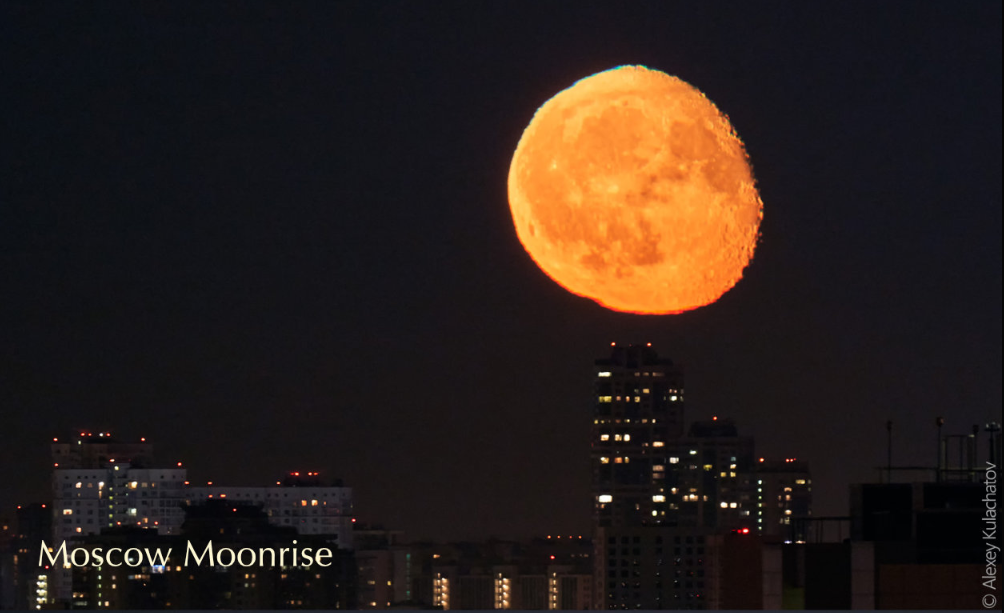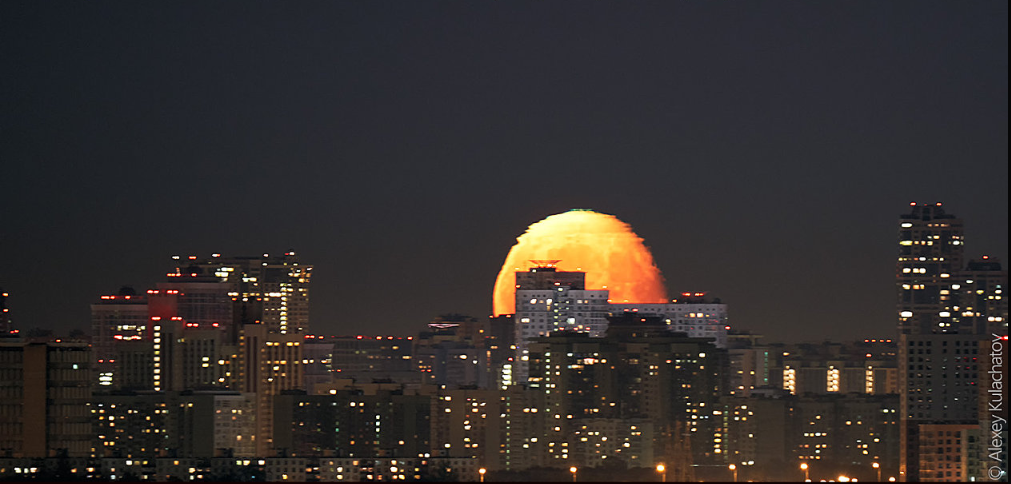Moscow moonrise atmospheric optics effects
Moscow Moonrise Atmospheric Optics Effects: Exploring the Phenomenon in Detail
When witnessing a moonrise over the Moscow skyline, one may be captivated by the stunning display of atmospheric optics effects. The enchanting interplay of colors and distortions adds an element of mystique to the celestial event. In this article, we will delve deeper into the various atmospheric phenomena that contribute to these mesmerizing visual effects.
The Curvature of Moon Rays
As moon rays descend from colder to warmer air, they undergo refraction, causing them to curve at a steeper angle. This refraction is a result of the atmosphere's temperature gradient, with colder air closer to the ground. Consequently, the moon appears higher in the sky than its actual position, creating an illusionary effect.
The Green and Red Rims of the Moon
One notable aspect of the Moscow moonrise is the presence of green and red rims surrounding the moon. This phenomenon occurs due to the differential refraction of light based on its wavelength. Shorter wavelength rays, such as green and blue, refract more than longer wavelength rays like red. Consequently, the "green moon" appears higher in the sky compared to the "red moon." Although the colors overlap, their presence indicates incomplete overlap. Moreover, bright crater peaks may also exhibit distinct colors.
Scattering and Absorption of Blue Rays
While green and red are prominently visible in the atmospheric optics effects, blue rays are relatively less common. This scarcity can be attributed to the higher propensity of blue light to scatter or be absorbed by particles in the atmosphere. As a result, the presence of blue hues in the moon's appearance during a Moscow moonrise is particularly captivating.
Stacked Temperature Inversion Layers
In certain instances, stacked temperature inversion layers further enhance the atmospheric optics effects during a Moscow moonrise. These inversion layers occur when temperature increases with altitude instead of decreasing, which is the typical temperature gradient. The presence of these layers adds complexity to the refraction of moon rays, resulting in ripples, vertical elongation, and towering effects in the moon's appearance.
The Mock-Mirage Green Flash
One of the most intriguing aspects of the Moscow moonrise atmospheric optics effects is the occurrence of a mock-mirage green flash. This optical phenomenon arises due to the bending of light rays as they pass through layers of varying refractive indices. As a result, a brief green flash can be observed at the top of the moon, adding an element of ephemeral beauty to the celestial spectacle.
Captivating Sun Images
In addition to the moon, the sun also exhibits captivating atmospheric optics effects when viewed from Moscow. Images captured by Alexey Kulachatov showcase the interplay of colors and distortions in the sun's appearance. These images serve as a testament to the diverse range of optical phenomena present in Moscow's atmospheric conditions.
Conclusion
The Moscow moonrise offers a captivating display of atmospheric optics effects. From the curvature of moon rays to the differential refraction of light, each phenomenon contributes to the enchanting visual spectacle. The presence of stacked temperature inversion layers and the occurrence of a mock-mirage green flash further add to the mystique surrounding this celestial event. Whether it be the vibrant green and red rims or the scarcity of blue hues, each element creates a unique and unforgettable experience for those fortunate enough to witness a Moscow moonrise.

A strongly green and red rimmed moon rises over the Moscow, Russia skyline. Seen by Alexey Kulachatov from 10km away in the city of Odintsovo. Below: An earlier view, the moon is vertically elongated, layered and topped by a brief green flash.

The atmosphere gets colder with increasing height above ground. As moon rays slant down from the colder to warmer air they curve (refract) at a steeper angle. The moon then appears
higher than it really is.
Shorter wavelength green and blue rays refract more than red and so the "green moon" appears higher than the red one. Blues are less common because they are scattered or absorbed more. Of course, the different coloured moons overlap but the colours show where the overlap is incomplete. An upper green rim and lower red one. Sometimes bright crater peaks are also coloured.
Add some stacked temperature inversion layers and an unusual temperature gradient overall and then we the effects in Alexey's image above: ripples, vertical elongation or towering and a mock- mirage green flash.

Another image - this time of the sun - taken by Alexey Kulachatov some time ago.
Note: this article has been automatically converted from the old site and may not appear as intended. You can find the original article here.
Reference Atmospheric Optics
If you use any of the definitions, information, or data presented on Atmospheric Optics, please copy the link or reference below to properly credit us as the reference source. Thank you!
-
<a href="https://atoptics.co.uk/blog/moscow-moonrise-atmospheric-optics-effects/">Moscow moonrise atmospheric optics effects</a>
-
"Moscow moonrise atmospheric optics effects". Atmospheric Optics. Accessed on April 20, 2024. https://atoptics.co.uk/blog/moscow-moonrise-atmospheric-optics-effects/.
-
"Moscow moonrise atmospheric optics effects". Atmospheric Optics, https://atoptics.co.uk/blog/moscow-moonrise-atmospheric-optics-effects/. Accessed 20 April, 2024
-
Moscow moonrise atmospheric optics effects. Atmospheric Optics. Retrieved from https://atoptics.co.uk/blog/moscow-moonrise-atmospheric-optics-effects/.